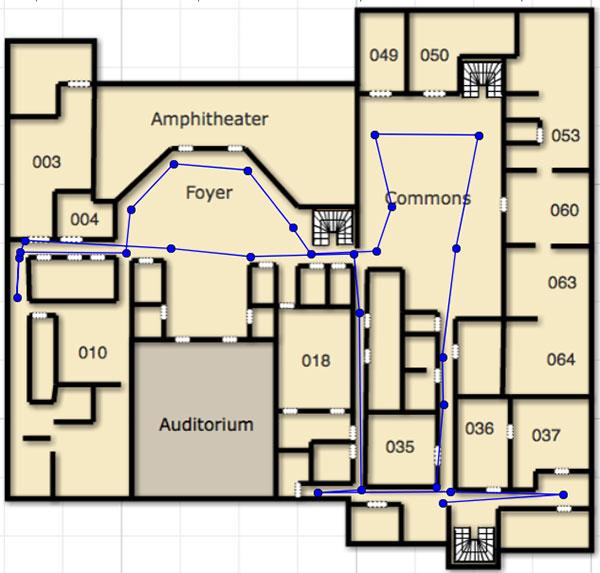

Using measured intensity of received signal strength from a wireless access point, distance can be calculated based on a calibrated value. The most common enabler of indoor location positioning is WiFi signals. *Visual sensor: information is derived from other hardware sensors WiFi Location Services Sensors and Hardware Used for Indoor Location Below are some of the common hardware components and sensors accessed to augment traditional location services. Hardware already common on most smartphones has been, in a sense, repurposed to provide higher accuracy for positioning. To bring this same context-awareness to a hyper-local level, technologies beyond GPS and cell-tower triangulation need to be considered. This nearly invisible computation has become a given with many applications we use everyday. With minimal effort, interaction with surroundings becomes seamless. The ability to bring the coveted experience of context-aware applications indoors creates many opportunities in retail, tourism, and healthcare, among others.Ĭontext-aware applications provide services that are relevant and appropriate to a particular person, place and time. Utilizing WiFi signals, iBeacons and sensors built into mobile devices, new offerings have hit the market capable of providing highly accurate indoor positioning. further information about a painting in a front of them at a museum, GPS and cell tower triangulation cannot provide precise enough location. However, when people want to interact through their mobile devices with surroundings on a much smaller scale, i.e.

This functionality enables interacting with your environment possible on a large scale.

Since GPS and cell tower triangulation were introduced to smartphones in the mid 2000s, three-quarters of all smartphone users regularly take advantage of their current location to get information or directions relevant to the world around them.


 0 kommentar(er)
0 kommentar(er)
